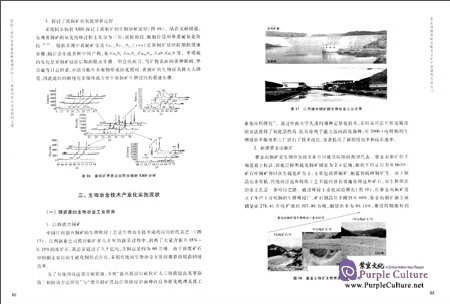Sample Pages Preview

Recently,worldwide research has explored various aspects of chemical looping,and several different types of oxygen carriers and reactors have been proposed.Most of the oxygen carriers consist of an oxide of Ni,Fe,or Cu as the active compound and supported by inert materials such as Al2O3.Although nickel—based oxygen carriers are reactive,they suffer from a high cost and the toxicity of NiO.Moreover,thermodynamics of nickel—based oxygen carriers results in a high level of CO in the effluent stream that requires further treatment.Copper—based oxygen carriers decompose and release O2 at high temperature,and hence exhibit good reactivity.However,due to the low melting point of copper, copper—based oxygen carriers suffer from agglomeration and defluidization in fluidized bed reactors.This is usually overcome by adopting a low CuO mass ratio in the oxygen carrier formula and sacrificing the oxygen carrying capacity of the material.Iron—based oxygen carriers are more economical and environmentally benign.
